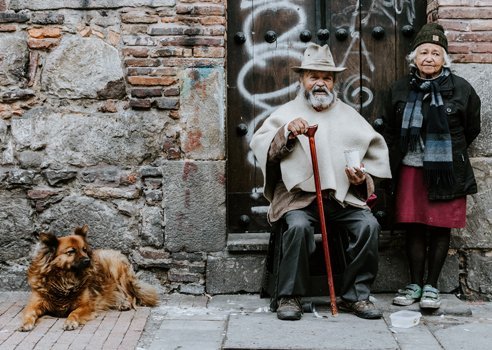Reading time: About 1 minute
Increase your vocabulary and you’ll make your writing much more precise. That’s why I provide a word of the week. Today’s word: shillelagh….
As soon as I read the exotic-looking word, shillelagh, I knew I had heard it before. I just couldn’t put my finger on the meaning.
The word appeared in a novel by Emma Donoghue, The Pull of the Stars, which is a story based on the pandemic of 1918.
Here is how Donoghue used the term:
His shillelagh was leaning against the wall, stains on its thick knob.
A shillelagh, it turns out, is a wooden walking stick associated with Ireland and Irish folklore. The sticks are traditionally made from blackthorn wood or oak. Wood from the root would be used for the knob at the top and was especially prized since it was less prone to crack or break.
Once selected, the wood to be used would be placed up a chimney to cure for several months with the accumulated soot giving the shillelagh its black shiny appearance. An alternative method of finishing was to bury the wood in a dung pile, or slack lime. During such treatment, the stick might require protection by being wrapped in brown paper oiled with hog’s lard.
Once cured, the wood would be finished with oils or sealants and a further coat of special soot finish might be applied.
The shillelagh came to be regarded as a stereotypical symbol of Irishness in popular culture, particularly in Irish-America. In sports, the Boston Celtics logo has a leprechaun leaning on his shillelagh, and it also features with the leprechaun on some logos of Brothers Rugby league teams in Australia.
In terms of etymology, many scholars describe shillelagh is a corruption of the Irish (Gaelic) form sail éille, where sail means “willow” or “cudgel” and éille means “thong,” “strap,” “leash,” or “string.” Others believe, however that the name may have derived from the wood being sourced from forest land in the village or barony of Shillelagh.


